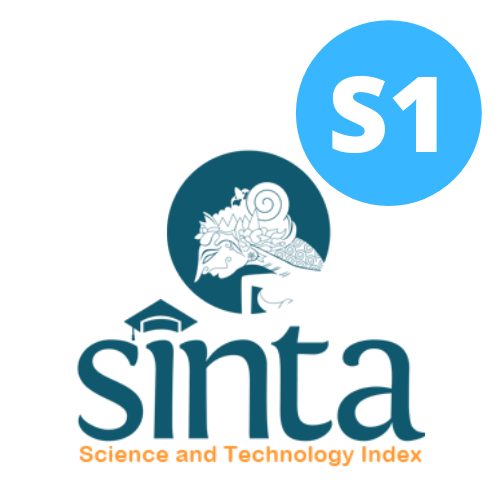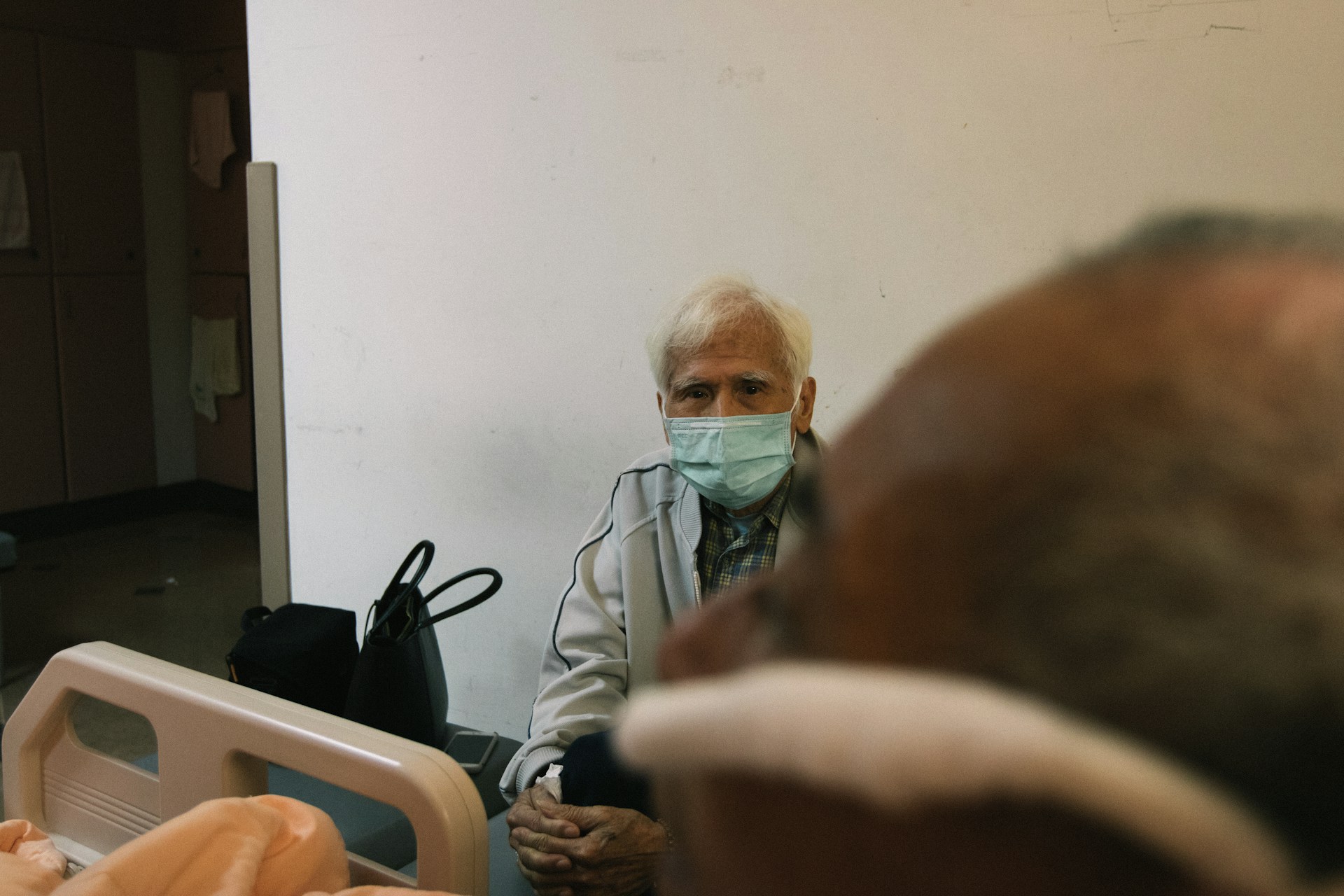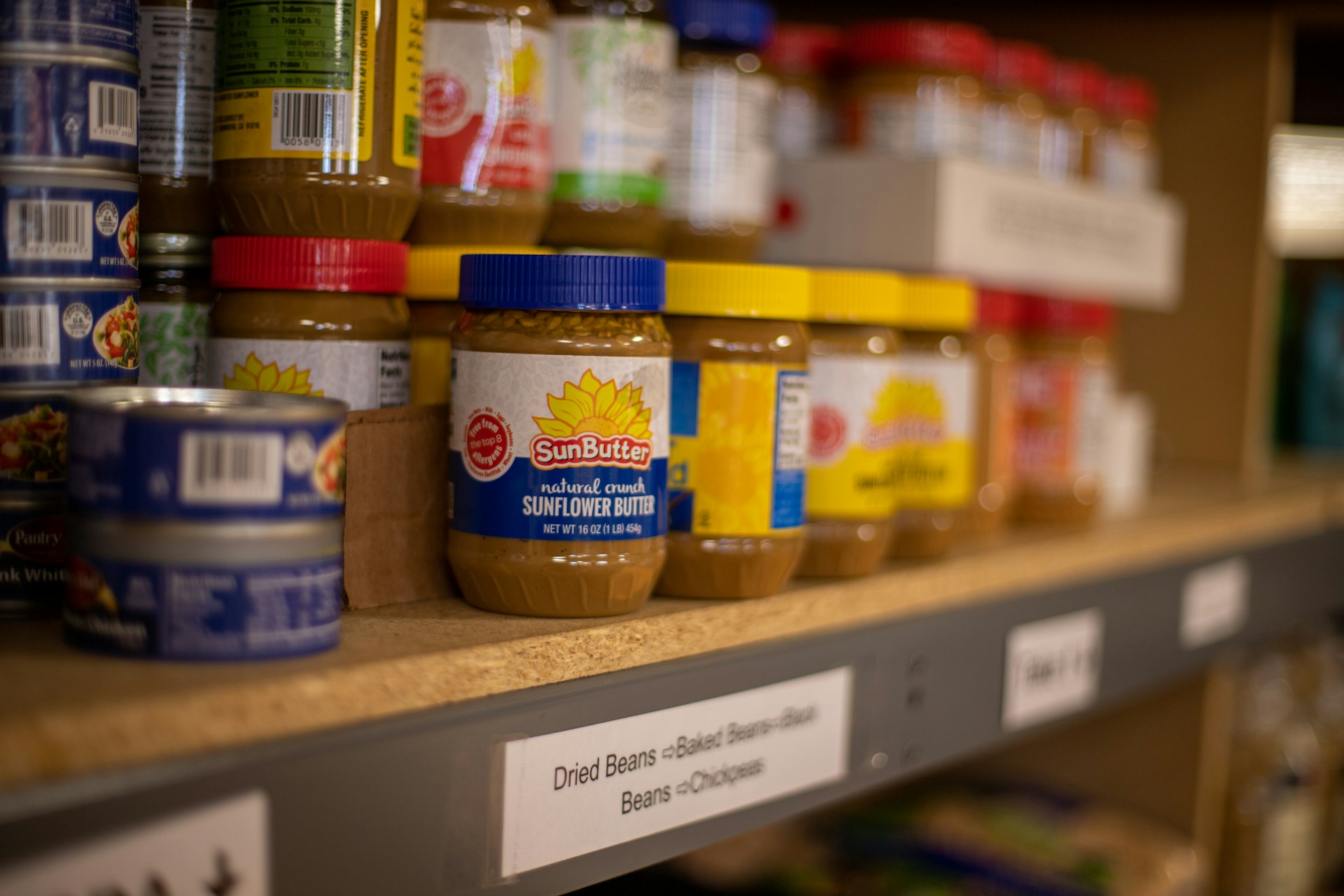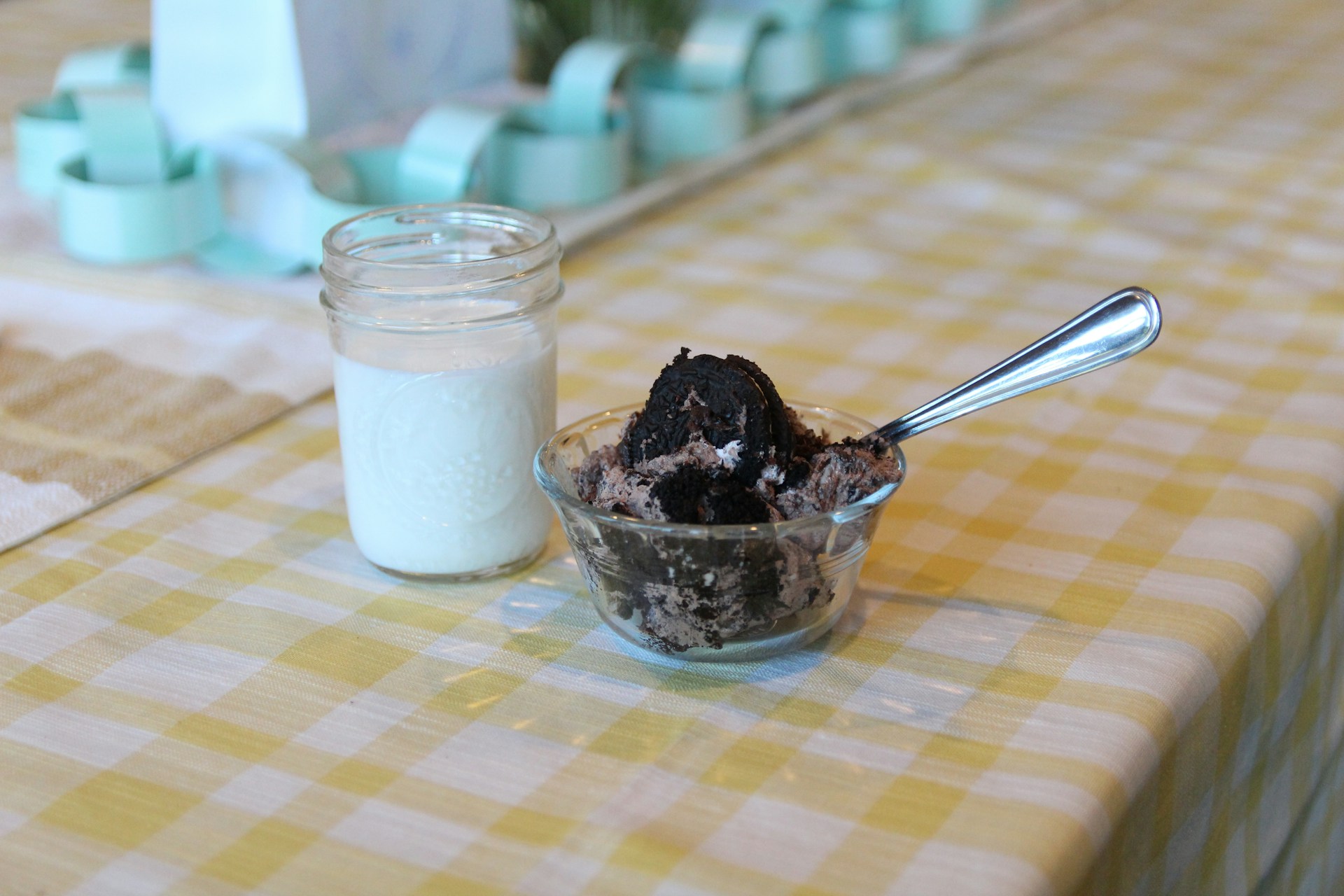Feeding Practice and Children Nutritional Status in Covid-19 Pandemic
Praktik Pemberian Makan dan Status Gizi Balita di Masa Pandemi Covid 19
Downloads
Background: Nutritional problems in children under five in Indonesia, such as stunting, obesity, and wasting, are still nutritional problems that are a concern to be addressed, especially during this Covid-19 pandemic. There are limitations in several ways, including access to get healthy food. These influences mothers' feeding practices to fulfill their children's needs less to fulfilled. The feeding practiced to children under five is one of the indirect factors which changes in nutritional status.
Objectives: To identify the association between feeding practices and the nutritional status children under five during the Covid-19 pandemic.
Methods: The research design was using cross-sectional with a sample of 57 respondents of mothers with children 3-5 years old in Cikupa Health Center Tangerang District. Feeding practice data using the CFPQ (Comprehensive Feeding Practice Questionnaire) from 12 aspects of feeding practiced characteristics there are giving pressure when eating, limitations food for controlling body weight, using food for rewards, using food for controlling children's emotions, limitations food for healthy, controlling children eating behavior, education about food nutrition, encourage children eating variations and balanced food, using the healthy environment for eating healthy at home, influence children for planning and serving food, monitoring children intake, and giving the example of good and right eating and for the nutritional status data using the Z-score indicators of weight for age, height for age, and weight for height. For bivariate analysis using Spearman rho correlation.
Results: The results of the analysis using Spearman rho correlation showed there is a positive relationship between feeding practices where mothers involved children in meal planning and nutritional status of weight for age (p=0,019; r=0,3116), monitoring intake and nutritional status of height for age (p=0,005; r=0,366), encouraging varied and balanced children's food intake in weight for height (p=0,012; r=0,331).
Conclusion: Feeding practice with aspect of involving children in meal planning, a monitoring children intake and encouraging varied and balanced diet of children has a positive relationship with children nutritional status changes in pandemic Covid-19.
Kemenkes RI. Studi Status Gizi Balita. Balitbangkes Kemenkes RI 40 (2021).
Putri, R. F., Sulastri, D. & Lestari, Y. Faktor-Faktor yang Berhubungan dengan Status Gizi Anak Balita di Wilayah Kerja Puskesmas Nanggalo Padang. J. Kesehat. Andalas 4, 254–261 (2015).
Novianti, S. Faktor Aksesibilitas dan Praktik Pemberian Makanan pada Anak Usia 6-23 Bulan di Masa Pandemi. 16, 165–178 (2020).
Alfitri, K. N., Februhartanty, J. & Nurwidya, F. Feeding Practices of School-aged Children during COVID-19 Pandemic: A Qualitative Study. Amerta Nutr. 6, 155–163 (2022).
Luh, N. & Purnama, A. Perilaku orang tua dalam pemberian makan dan status gizi anak usia 2-5 tahun. Perilaku orang tua dalam pemberian makan dan status gizi anak usia 2-5 tahun 11, 97–104 (2015).
Solehati, T., Hidayat, A. M. & Hendrawati, S. Feeding practices in stunting children aged 24-59 months at Sukamukti Community Health Centre Garut Regency. Ris. Inf. Kesehat. 8, 163 (2019).
Kolifai, Y. et al. Perilaku pemberian makan pada anak dan jumlah anggota keluarga berhubungan dengan konsumsi sayur dan buah anak pra sekolah. 11, (2019).
Hanani, A. & Susilo, R. Hubungan Praktik Pemberian Makan dan Konsumsi Pangan Keluarga dengan Kejadian Stunting Balita di Wilayah Kerja Puskesmas Kalibagor. 34, 155–163 (2020).
Benjasuwantep, B., Chaithirayanon, S. & Eiamudomkan, M. Feeding problems in healthy young children: Prevalence, related factors and feeding practices. Pediatr. Rep. 5, 38–42 (2013).
Scaglioni, S. et al. Factors influencing children's eating behaviours. Nutrients 10, 1–17 (2018).
Park, S., Kang, J. H., Lawrence, R. & Gittelsohn, J. Environmental Influences on Youth Eating Habits: Insights From Parents and Teachers In South Korea. Ecol. Food Nutr. 53, 347–362 (2014).
Arifin, Z. Gambaran Pola Makan Anak Usia 3-5 Tahun Dengan Gizi Kurang Di Pondok Bersalin Tri Sakti Balong Tani Kecamatan Jabon –Sidoarjo. Midwiferia 1, 16 (2016).
Musher-Eizenman, D. & Holub, S. Comprehensive feeding practices questionnaire: Validation of a new measure of parental feeding practices. J. Pediatr. Psychol. 32, 960–972 (2007).
Kemenkes RI. Peraturan Menteri Kesehatan Republik Indonesia Nomor 2 Tahun 2020 Tentang Standar Antropometri Anak. 21, 1–9 (2020).
Perdani, Z. P., Hasan, R. & Nurhasanah, N. Hubungan Praktik Pemberian Makan Dengan Status Gizi Anak Usia 3-5 Tahun Di Pos Gizi Desa Tegal Kunir Lor Mauk. J. JKFT 1, 9 (2017).
Puspa, A. R. & Rahmawati, L. A. Praktik Pemberian Makan dan Perawatan Kesehatan Anak di Kelompok Bermain Al Azhar 1. J. Al-AZHAR Indones. SERI SAINS DAN Teknol. 5, 136 (2020).
Watterworth, J. C. et al. Food parenting practices and their association with child nutrition risk status: Comparing mothers and fathers. Appl. Physiol. Nutr. Metab. 42, 667–671 (2017).
Zakaria, N.S., *Asma', A., Zakaria, N.S., Abd Wahab, M.R., Lani, M.N. and Meli, A. M. Association of mothers' child feeding knowledge, attitude, and practices with nutritional status of children under the age of five in a Malaysian fishing community: a cross-sectional study. Food Res. 6, 48–55 (2022).
Khaerunnisa, I., Nurhayati, A. & Yulia, C. Feeding Practices of Toddlers Stunting Under Two Years in Cimahi Village. Media Pendidikan, Gizi, dan Kuliner 8, 7–13 (2019).
Arini, D., Nursalam, N., Mahmudah, M. & Faradilah, I. The incidence of stunting , the frequency / duration of diarrhea and Acute. J. Public health Res. 9, 117–120 (2020).
Wati, L. & Musnadi, J. Hubungan Asupan Gizi Dengan Kejadian Stunting Pada Anak Di Desa Padang Kecamatan Manggeng Kabupaten Aceh Barat Daya. J. Biol. Educ. 10, 44–52 (2022).
Mya, K. S., Kyaw, A. T. & Tun, T. Feeding practices and nutritional status of children age 6-23 months in Myanmar: A secondary analysis of the 2015-16 Demographic and Health Survey. PLoS One 14, 1–13 (2019).
Ana, L., Joko, W. & Erlisa, C. Hubungan antara Praktik Pemberian Makan Keluarga dengan Berat Badan pada Anak Usia 2-5 Tahun di Posyandu Mawar Kelurahan Tlogomas Kecamatan Lowokwaru Kota Malang. Nurs. News (Meriden). 2, 632–641 (2017).
Palupi, I. R., . S., Meltica, R. & Faza, F. Feeding Practices and Nutritional Status among Children Under Five Years of Age in Sleman District, Yogyakarta, Indonesia. Pakistan J. Nutr. 18, 888–894 (2019).
Hartati, D. I., Noviasty, R. & Susanti, R. The Effect of Comprehensive Feeding Practices and Physical Activities on the Over-nutritional Status of Preschoolers in the Working Area of Juanda Community Health Center Samarinda. 53–63 (2022) doi:10.5220/0010758500003235.
Kalantari, N. & Doaei, S. Study of the association of socio-demographic factors and feeding practices with the dietary intake in 3-6years old children. J. Pediatr. Sci. 6, (2014).
Hendrawati, S., Mardiah, W., Maudina, R. & Padjadjaran, U. Mother ' S Feeding Practice in Providing Nutritious. 2, 132–143 (2017).
Phyo, W. Y. & Aung, M. H. Mothers' Nutritional Knowledge, Self-efficacy, and Practice of Meal Preparation for School-age Children in Yangon, Myanmar. Makara J. Heal. Res. 25, (2021).
Copyright (c) 2022 Amerta Nutrition

This work is licensed under a Creative Commons Attribution-ShareAlike 4.0 International License.
AMERTA NUTR by Unair is licensed under a Creative Commons Attribution-ShareAlike 4.0 International License.
1. The journal allows the author to hold the copyright of the article without restrictions.
2. The journal allows the author(s) to retain publishing rights without restrictions
3. The legal formal aspect of journal publication accessibility refers to Creative Commons Attribution Share-Alike (CC BY-SA).
4. The Creative Commons Attribution Share-Alike (CC BY-SA) license allows re-distribution and re-use of a licensed work on the conditions that the creator is appropriately credited and that any derivative work is made available under "the same, similar or a compatible license”. Other than the conditions mentioned above, the editorial board is not responsible for copyright violation.












































